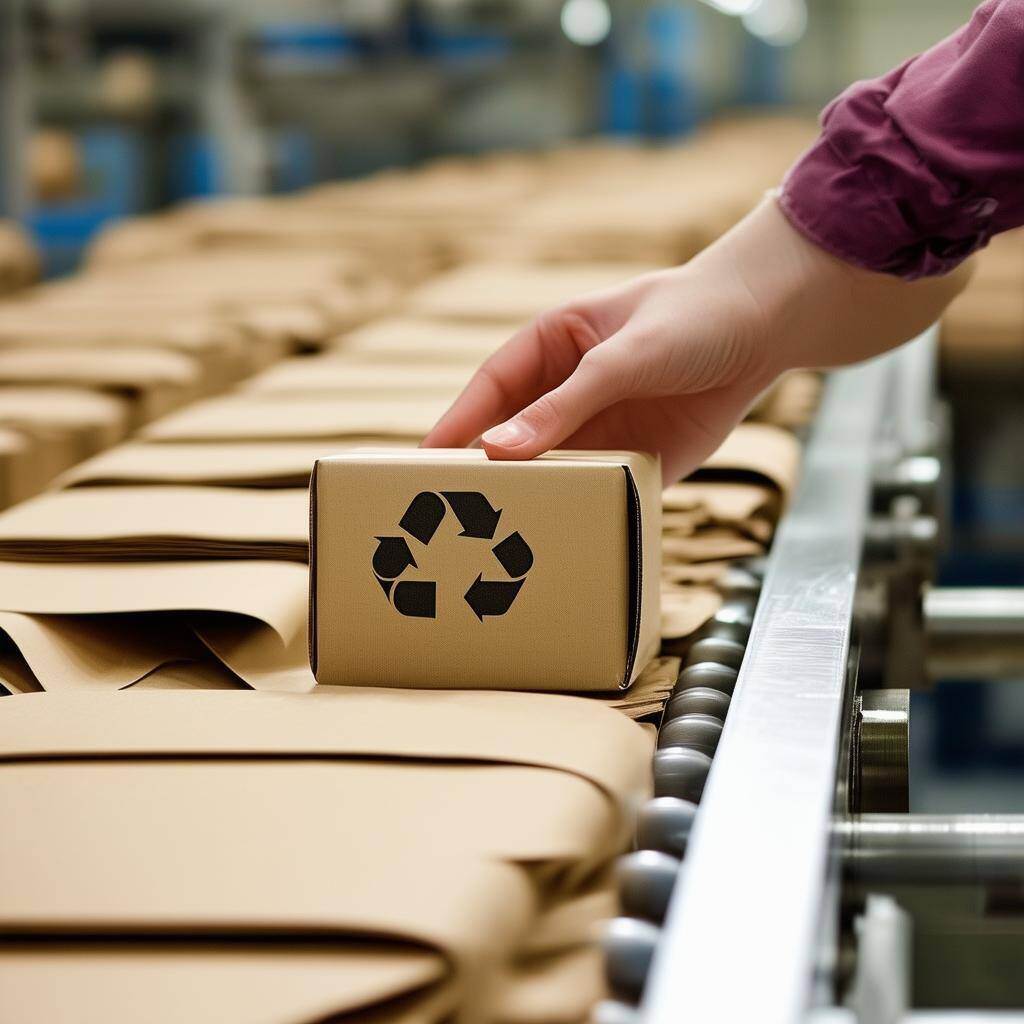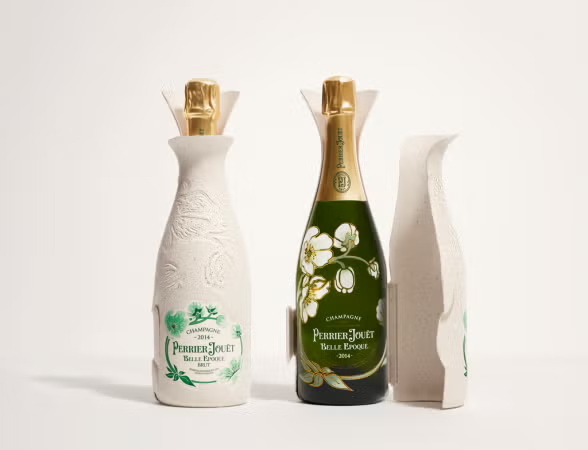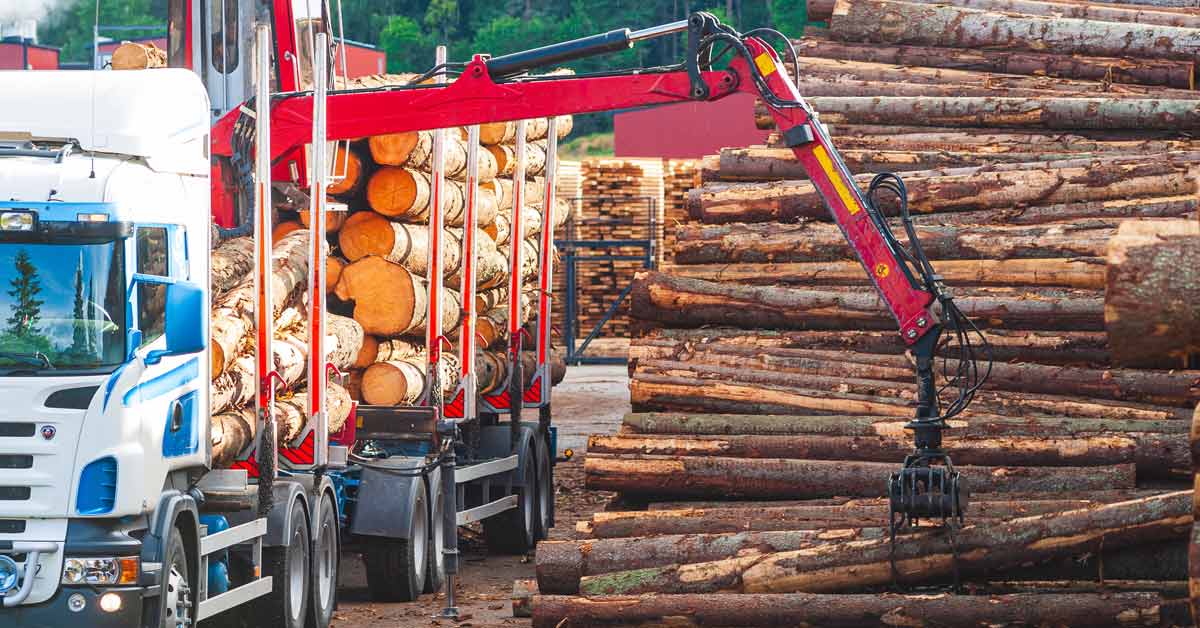3 min read
How the Pulp and Paper Industry Is Driving Sustainable Change
ResourceWise
:
Feb 6, 2025 12:00:00 AM

As we enter a new year, the focus on sustainability and innovative paper alternatives for more eco-friendly operations remains significant. This ongoing dedication to environmental responsibility is not just a trend but an essential progression, as organizations aim to lessen their carbon footprint and foster a more sustainable future, with the pulp and paper industry helping lead the charge.
We've compiled some of the top stories from the past month highlighting various innovations, studies, and advancements in sustainability within the pulp and paper sector.
Maison Perrier-Jouët Partners with James Cropper to Launch Sustainable Case for Perrier-Jouët Belle Epoque Cocoon Brut and Rosé
Maison Perrier-Jouët, a distinguished champagne producer, has partnered with James Cropper to develop an eco-friendly packaging solution for its exclusive vintage cuvées, Perrier-Jouët Belle Epoque Cocoon Brut and Rosé. These innovative cases are made from a combination of paper pulp and vine shoot flour; materials chosen for their sustainability. The design is crafted to fit closely around the bottle, enhancing its shape while protecting the wine from exposure to light. Featuring a unique profile and a graceful curve, the packaging presents an organic and natural appearance. The only part of the bottle that remains visible is the shiny rose gold cap, highlighted by a subtle, petal-like collar. Read more: www.paperfirst.info

Researchers Favor Use of Paper-Based Sensors in Agriculture
Researchers at Auburn University in Alabama have emphasized the use of paper-based temperature and humidity sensors in agriculture, noting their accuracy, reliability, and eco-friendliness. The research team developed these sensors by printing silver lines on four types of commercially available paper using a technique known as "dry additive nanomanufacturing." The sensors demonstrated reliability and sensitivity to fluctuations in temperature and humidity. They effectively detected relative humidity changes from 20% to 90% and temperature shifts from 25 °C to 50 °C. Moreover, these biodegradable sensors are cost-effective, reusable, and can be safely disposed of when no longer needed. Read more: www.msn.com
Stora Enso Tests Wood-Based Foam Papira to Reduce Plastics Use in Packaging
Stora Enso is developing Papira, a wood-based foam, to minimize the use of plastics and reduce waste in future packaging solutions. The company is testing this innovative material at its pilot plant in Fors mill. Papira is lightweight and offers excellent shock absorption, and the team is working with selected partners to explore its applications. "These valuable partnerships allow us to test Papira in various scenarios, helping us understand its performance in real-world use. The feedback we receive is crucial for optimizing the product," stated Eva Engstedt, the pilot plant manager. Read more: www.storaenso.com
Conserving Beauty to Use Futamura’s Compostable NatureFlex Films for Cleansing Wipe Packaging
Conserving Beauty has opted to utilize Futamura’s renewable and compostable NatureFlex films for the sachet packaging of its dissolvable cleansing wipes. These NatureFlex films are said to be made from renewable wood pulp and are certified for home composting under the Australian standard AS5810. Futamura claims that the films offer an excellent barrier against aroma, gas, and moisture. The company also notes that the new laminate structure performs well on the sachet lines, effectively wrapping the wipes and maintaining their moisture barrier until use. Read more: www.packagingeurope.com

Svante Takes up Pulp & Paper Carbon Capture Project
Svante, a company specializing in carbon capture and removal, has teamed up with Paper Excellence and Wood to initiate a preliminary front-end engineering design study for a large-scale carbon capture initiative in the pulp and paper sector. This study will evaluate the capture of carbon emissions from the flue gas of recovery boilers at the Ashdown pulp mill in Arkansas. Svante has developed a rotary solid sorbent system utilizing Metal-Organic Framework (MOF)-based filter technology. This system leverages low-grade waste heat to capture CO2, significantly reducing energy use and costs. The company is optimistic that, following a final investment decision, the project—supported by DOE funding—will successfully capture up to 1.5 million tonnes of atmospheric, biogenic CO2 through its sustainable biomass operations. Read more: www.carbonherald.com
DS Smith Offers Paper Packaging to Goodrays to Reduce Carbon Emissions
DS Smith has collaborated with the CBD beverage start-up Goodrays to create paper packaging. This new packaging features a custom design that is easier to fold, accommodating carbonated drinks with fiber-based materials, and has contributed to an estimated 20% reduction in carbon emissions. The packaging modifications allow for up to four times more product to be loaded into a van, leading to fewer supplier trips and decreased travel. Read more: www.packagingnews.co.uk
Caroboo Offers Chocolate Bars in Recyclable Paper Wrapper
Caroboo, a maker of vegan and caffeine-free chocolate bars, now presents its Mint, Orange, and Salted Caramel Nutty bars in fully recyclable paper packaging. Developed by EvoPak, the wrapper incorporates 'Hydropol' material to maintain the bars' freshness during transport and storage. These wrappers have received recyclable certification from OPRL. Read more: www.packagingnews.co.uk

Visy Offers Cardboard Boxes to Seafood Producer Tassal
Visy is providing cardboard boxes to seafood producer Tassal. This new packaging, composed of up to 74% recycled materials, replaces the EPS boxes and signifies a major change in the seafood industry's sustainability practices. Approximately 100,000 EPS boxes are used each year to transport prawns to major retailers, seafood markets, and wholesalers. The newly designed cardboard boxes are produced at Visy’s Carole Park facility in Ipswich, Queensland, and are then filled with fresh prawns in Proserpine. Read more: www.australianpackaging.com.au
As these initiatives evolve, they offer opportunities and challenges for industry stakeholders. Download our eBook for further insights and analyses to guide your strategic decisions.





